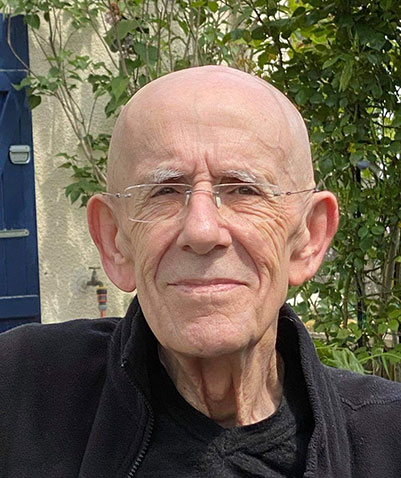Dermatopathology: An Art and a Science – Part 1: The Beginning
Where to begin telling my story? It all started when I was a first-year registrar (ST2 in the new NHS parlance, 2nd year resident in US-speak) at The Royal Victoria Hospital in Belfast. I was an innocent abroad. One day, my Professor of Pathology announced to me that I was to become the departmental dermatopathologist. The dermatologists wanted a go-to man, and I was appointed! You can imagine my joy and sense of pride! My feet didn’t touch the ground for a week. I expected everyone to look at me with a sense of awe and perhaps even jealousy. They didn’t!
The immediate problem was that I didn’t know much dermatopathology and even less about dermatology. I quickly came to the realization that I was going to have to be self-taught. Now to become a decent dermatopathologist, it became very clear that I was going to have to actually see live patients, an almost alien concept. Ward rounds, out-patient clinics and weekly meetings would have to be attended to further this goal. In addition, I was going to have to brush up on Latin and Greek. One of the great attractions of dermatology is the use of descriptive names for diseases. Pityriasis lichenoides acuta of Mucha Haberman- what could be better. None of my pathology colleagues would have a clue what that actually meant!
I use the terms art and science in the title of this blog but in the earlier years of my training, dermatopathology was just an art. The nearest it came to science was the use of the small battery of special stains that were then available. A Warthin-Starry stain for spirochaetes was cutting edge. We did have electron microscopy but that was only used for renal biopsies. Although immunofluorescence for skin diseases was available in the major centers, it hadn’t yet set that up in my department. This was another challenge resulting in a visit to St John’s Hospital for Diseases of the Skin in London- a very big deal. Northern Ireland was very parochial and a trip to London was akin to going to Paris or New York- to be viewed with suspicion! Mind you, I got to meet Professor Edward Wilson-Jones and Doctors Neil Smith and George Wells. We became firm friends, and I now had some mentors.
In my day, there was no formal training program for pathologists intent on a career in dermatopathology. Thankfully, Fellowships in Dermatopathology are now de rigueur whether one is working in the UK, Europe, The States or elsewhere. These programs ensure that pathologists gain essential training in dermatology in addition to dermatopathology and vice versa for the dermatologists who want to become dermatopathologists. This may not be very common in the UK or Europe, but in the USA, a very large number of dermatologists report dermatopathology.
To quote the late Bernie Ackerman, dermatopathology is all about pattern recognition. However, clinicopathological correlation is equally important. If the histology shows a psoriasiform reaction pattern and the clinician thinks that the patient has psoriasis, then psoriasis it is! I learnt quickly that although I could generally get very close to the definitive diagnosis with inflammatory dermatoses, the dermatologist’s input was very often necessary to nail down the final diagnosis. 49 years later, nothing has changed!
Some pathologists have an alpha plus personality and are convinced that they can always come to the correct diagnosis without any input from the clinician! To my mind, this is the quickest route to litigation and distressing days in court with a potential loss of license. Careers have ended rapidly with that sort of approach. One only needs consider melanocytic lesions- without knowing the age of the patient, it can be very easy to misdiagnose a neonatal nevus as melanoma, similarly for genital nevi in young females.
READ PART 2 – A Happy Interlude
Biography

Dr Phillip McKee
MB, MD, FRCPath
Dr Phillip McKee MB, MD, FRCPath qualified in medicine in 1972 at Queen’s University Belfast, Northern Ireland. This was followed by pathology training at the Royal Victoria Hospital, Belfast and Membership of the Royal College of Pathologists in 1978. He then completed a Dermatopathology Fellowship at St John’s Hospital for Diseases of the Skin in London. He was appointed to the Faculty of St Thomas’ Hospital Medical School in London in 1979 and subsequently to the Faculty of St John’s Hospital for Diseases of the Skin in 1992. In 1989 he was made Fellow of the Royal College of Pathologists and in 1992 was awarded his Doctorate in Medicine by Queen’s University of Belfast. Read Full Biography
